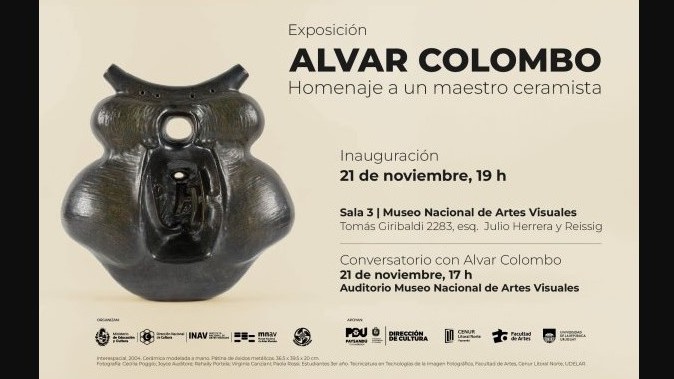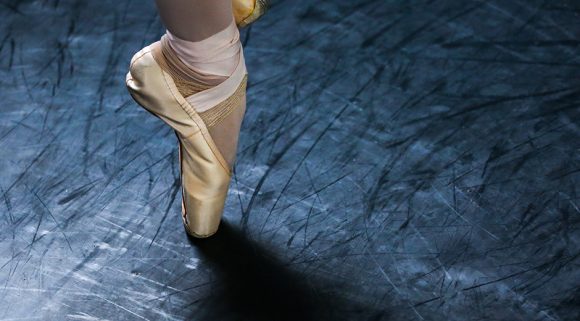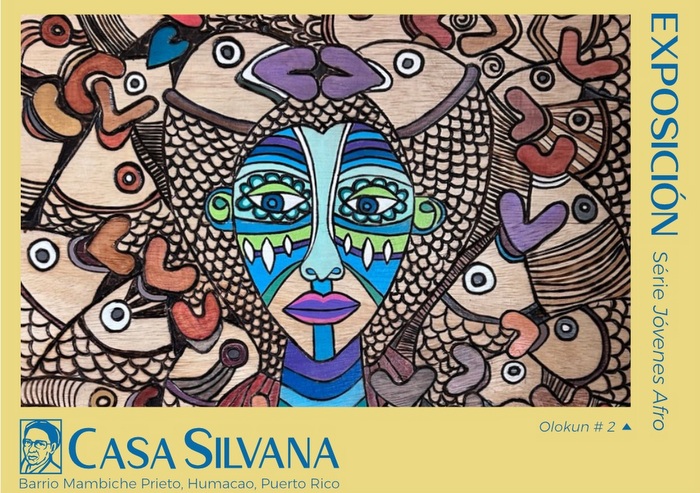From August 10 to September 28, the Janaina Torres Gallery, based in São Paulo, presents Arqueologias Migrantes (Migrant Archaeologies), an unprecedented solo exhibition by Liene Bosquê, a Brazilian visual artist who has lived in the USA for 16 years. The show celebrates the artist's 20-year career, providing an overview of Bosquê's production, focusing on her exploration of memories, narratives, and belonging, based on the architectural heritage of major cities, from the perspective of a foreign artist.
For the exhibition, curator Cristiana Tejo, also Brazilian and living in Portugal, selected works produced from 2003 to this year, reflecting memories of metropolises closely linked to the artist's history. Fragments of cities like São Paulo, Miami, Lisbon, and New York transform into 50 items that compose series and works, in a wide range of supports and materials, resulting in textile installations, rust dyes, cyanotypes, metal engravings, leather pieces, ceramics, fabric and paper sculptures, video, and site-specific works specially produced to highlight the border space between the gallery and the street.
Liene’s research is fundamentally about seeking territorial anchoring, influenced by her experience as a migrant artist. Bosquê moved to Portugal in 2005 and to the USA in 2008, living in Chicago, New York, and settling in Miami six years ago. Throughout her career, Bosquê, who is also an architect, has focused on extracts from architectural heritage, identifying traces of memories in buildings, constructions, rubble, ruins, or demolitions. Her investigation resembles an archaeological process, as she seeks to uncover layers of meanings in elements that synthesize the essence of a place. The creation of her works, either individually (in the studio or outside it) or collectively (on the streets of different cities, leading groups in participatory artistic experiences), aims to capture the body in motion reflected in the urban historical heritage. Although she uses various formats and materials, the process is almost always the same: Liene employs manual printing processes to record volume, facade ornaments, fragments of gates or fences, rust from surfaces, and other elements that point to the territory’s identity. “The intention is to make tangible individual or group memories of those who inhabited or inhabit that environment, creating works from neglected everyday details, transforming the mundane into monumental,” says Liene Bosquê.
In the exhibition, it is possible to observe the recurrence of materials that, by themselves, tell the history and spirit of a time, like iron that forged urban constructions from the early 19th century and still today sets the tone for developmentalist thought, its speed, opulence, and rigidity reflected in the buildings of large cities. In contrast, Liene uses delicate supports such as fabric and paper, materials that reaffirm human craftsmanship as the protagonist of history. Liene also highlights natural elements and their frictions in the context of large population clusters, when, for example, she brings clay for manual processes of collecting impressions around the city or uses sunlight to print her cyanotypes, or when she extracts rust for a series of textile installations. Bosquê provokes reflection on the correlation between the city, history, memory, human displacements, and personal connection with places. Her work reaffirms the search for belonging, inherent to humans, and aggravated in the migrant condition, which often tends to experience more acutely the problems of large cities, such as real estate speculation, gentrification, unemployment, and xenophobia itself.
Regarding the migratory experience, the public will observe, in the exhibition, references to the challenges imposed by borders (territorial or not), reflected in boundary structures such as gates, fences, or windows of iconic buildings, carrying historical significance, collective memory, and belonging (or exclusion), such as the railing of the Santa Justa Elevator (Lisbon), the fences of the Carandiru prison (São Paulo), or 14th Street in Manhattan. On the other hand, they will share individual, personal, and affective memories of citizens from different origins, in the pieces exhibited as a result of participatory propositions, in the form of collective walks conducted by Liene in various cities around the world, including the participatory project Collecting Impressions, held in downtown São Paulo, in 2018.
Liene is exceptionally in artistic residence in São Paulo to produce the final pieces of the exhibition, at Massapê Projetos (in the Santa Cecília neighborhood) – an experience enabled by the “Summer Artist Access Grant Award FUNDarte and Miami-Dade County Department of Cultural Affairs” award. The final works of the exhibition are being produced based on Bosquê’s experience in the central region of São Paulo, now bringing the perspective of the artist’s almost foreign gaze on the city where she grew up. The search for clues that restore the sense of belonging to Liene establishes a parallel to the common feeling of migrants from various parts of the world, who daily disembark in large metropolises, being forced to build new memories, meanings, and their own history.
Service
Liene Bosquê: Migrant Archaeologies
Curated by Cristiana Tejo
Opening August 10, from noon to 4 pm
Until September 28
Visiting hours:
Tuesday to Friday, from 10 am to 6 pm,
Saturdays, from 10 am to 4 pm
On the cover: View of the Migrant Archaeologies exhibition at the Janaina Torres Gallery. Photo: Filipe Berndt.
Source: Janaina Torres Galeria
Publicaciones relacionadas
Maikel Dinza estrena su nuevo sencillo "La magia del corazón"
Noviembre 22, 2024
"Alvar Colombo: homenaje a un maestro ceramista" en el MNAV
Noviembre 20, 2024
















